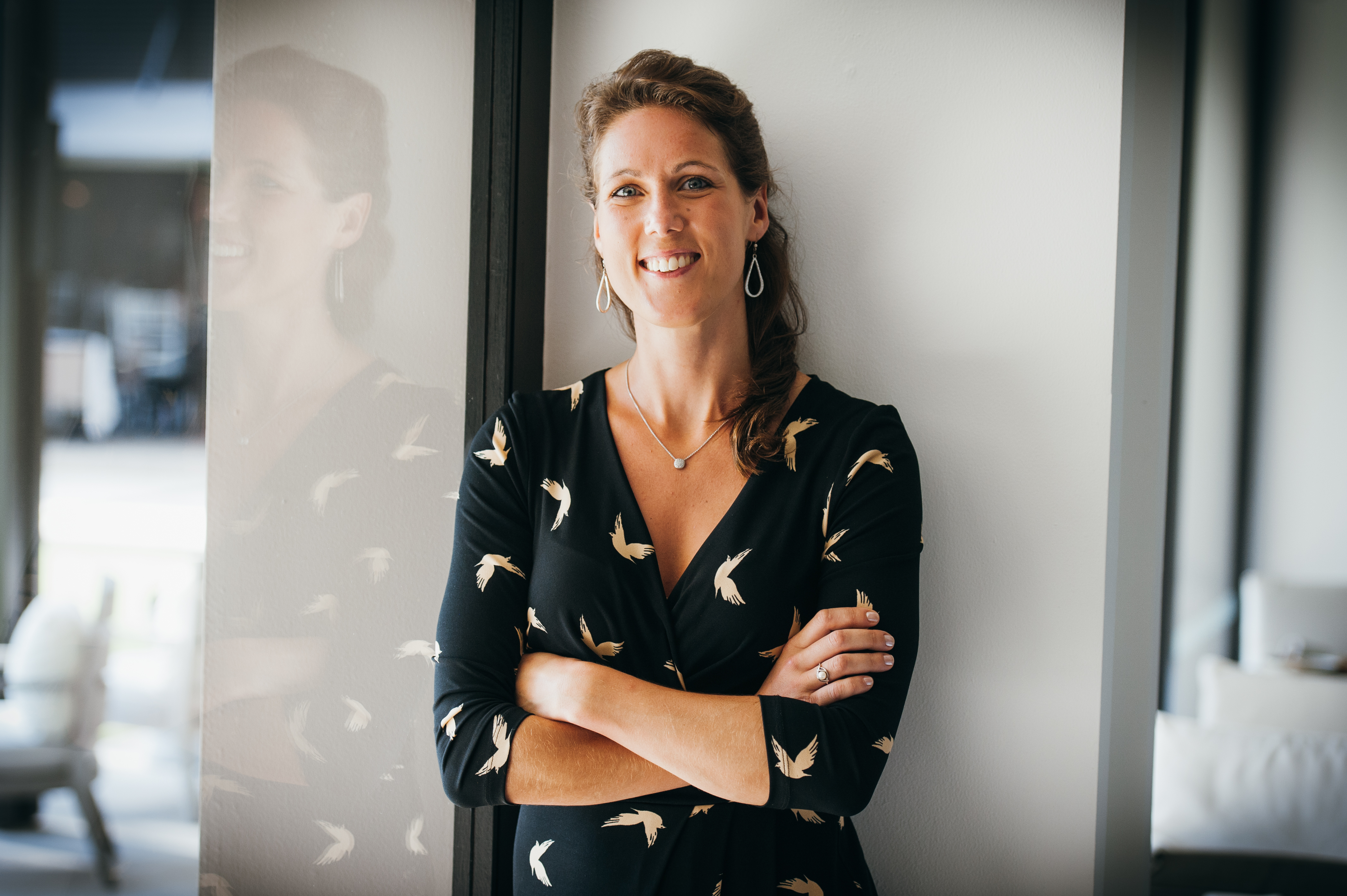Let’s Talk about Age Diversity in the Workplace.
This article originally appeared at Gen-i’
These days, you can often find five different generations of people in the workplace at the same time. According to some studies, nearly forty percent of workers now have a boss who is younger than them. There are now three times as many older workers who are unemployed as there are young people out of work, education, or employment. But is there enough age diversity in the workplace?
In the words of Chip Conley (watch his Ted Talk), the founder of Joie de Vivre Hospitality and strategic adviser at AirBnB, power in the workplace is moving towards the young. They are more proficient with cutting edge technologies. They are often seen to be better at multi-tasking. And they are thought to offer new perspectives, ideas, and products.
However, what is the effect of such a movement towards the young? Are we losing years of workplace (and life) experience, just when we need it most? How can you promote age diversity, whilst maintaining inter-generational harmony in your workplace? How can trust and respect be cultivated between the older and the younger? Or, in Conley’s words, how can age-based judgement be turned into a productive curiosity?
The Benefits of (Age) Diversity
We all know and appreciate that cultural, ethnic, and gender diversity will benefit your business. In terms of productivity, profit, reputation, and staff harmony. Yet, the advantages of age diversity are often overlooked. Indeed, according to Conley, only eight percent of companies include age in their diversity statements.
The main benefit associated with workplace age diversity – or diversity per se – is the bringing together of different ideas, perspectives, skills, and experiences that it permits.
As Conley says, it brings wise eyes together with fresh eyes. But it also brings experience together with ambition, and wisdom with creativity. The diversity of skills and focuses may well create a productive clash of ideas.
As I have written about numerous times, diversity is key to a healthy workplace, crucial to innovation and beneficial in a multitude of other smaller ways. We all have a unique view of the world around us. Built up over time from our upbringing, life and work experiences.
Surely when facing a problem, it is better to have a variety of different people round a table, than a group of people who all see the world from similar perspectives. There has been research into just this topic – which I have covered in my article Introduce a Fresh Face.
A Mix of Skills.
Businesses these days are increasingly reliant on what Conley calls DQ, or digital intelligence. This is what makes young people – those ‘digital natives’ – so valuable in the workplace today. Yet, younger people simply do not have the life experience of dealing with hundreds, even thousands, of different people over fifty years. No degree or amount of tech savvy can replace that.
And, as Conley points out, whilst younger people are better at thinking quickly, people in their forties and fifties are at their peak of emotional intelligence. They know people. They have usually raised children. Been in long-term relationships for years. Been in the workplace longer than most twenty-somethings have been alive. And they have seen the ups and downs of businesses they have worked for, dealt with crises, and managed a variety of people.
That amount of EQ collateral cannot be learned. Their insights, calm wisdom, and patience, can prove a fantastic asset to your business.
My Parents’ Business…
Take my Mum and Dad for example. They owned and ran their retail business for almost twenty years. In that time, they learnt more about working with people than any degree can offer in four years. And when they took the decision to sell the business, of a team of fifteen, three of the original staff were still there on the last day.
They were like family to us. That’s people skills, excellent management, and highly developed communication skills in action.
Today they both use these skills, honed over years of practice, with such unconscious ease. My Dad’s level of competency in all the above skills enables him to effortlessly manage his diverse team at work today, supporting them and breeding loyalty. This is an ability that has frequently caught the attention of his superiors in his workplace.
My Mum uses these highly developed communication skills combined with high EQ daily in her own business, teaching young people to drive. Add to that their years of life and business experience are an amazing source of wisdom for me! They are a vital resource I could not do without.
And My Own.
Another example was my office manager who joined my business when it was just three years old. Age fifty, she brought a wealth of knowledge paired with life and workplace experience. A mother of four, she knew how to manage time, manage people and her EQ was off the scale.
She read people so well. She truly was a nurturing force in my team of young employees and was an excellent sounding board for me. I felt confident being away from the business knowing she was there. With her life experience, she could handle any crisis.
Trust me, these people are absolute gold! And we need them in our businesses!
So, we should stop thinking about older people as dead-weight or staid. Rather, companies should recognise that each generation has different aptitudes in different skills, that all ages have their own assets. The combination – or what Conley calls the ‘alchemy’ – of the technological and the traditional skills offered by these different age groups is certainly an asset for your business team.
How to Make your Workplace More Age Diverse
Conley’s primary suggestion for creating a diverse and cohesive team is to become intentional about the diversity that you foster and the mechanisms you put in place to ensure inter-generational cooperation. Ensure that you create the all-important culturein which these valuable individuals are embraced and where you value their wisdom.
This is culture, a structural element which youshape through your hiring policies, attitudes, beliefs, workplace environment, on-boarding procedure, etc.
So, as Conley suggests, if there is suspicion or distrust – a little bit of prejudice maybe – between the generations in your workplace, you need to return to the primary fact of business. Business doesn’t happen between customers and employees, or between HR and sales. It happens between human and human – between different humans with different skills and requirements, strengths and weaknesses. This is what workplace culture is all about – from the Six Human Needsto Ikigai.
Stop seeing people in terms of age. Start to see them in the light of those skills they excel at and those skills they might benefit from enhancing. Pair people up in mutually complementing ways and have them learn from each other.
Is Mentoring the Way?
Conley calls this ‘Mutual Mentorship’, a way to promote knowledge-sharing between generations. If an older person is not technologically literate but amazing working in and motivating a team, have them work with a tech-savvy younger person who is a little shy and introverted.
Conley puts it nicely. Allow each person to be ‘an intern and a mentor’ simultaneously. Remember, these ‘mentors’, with their well-developed communication skills and experience, can be great activators. They can be great collaborators and facilitators too who enhance the performance of other members of your team.
This won’t just allow people to improve their skills. But it will develop the vital human ‘culture’ aspect of your business too. Both an important asset for stability and growth.
How to Increase Age Diversity in Your Business? Action Points.
- Do an audit to see if it is necessary. If all of your employees are under thirty, you might have a problem. And you might be lacking the skills your business really needs.
- assets Make your workplace an attractive place for older workers. This means establishing the that appeal.


